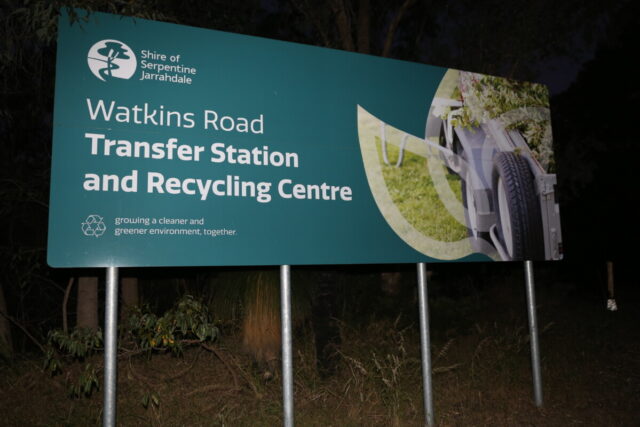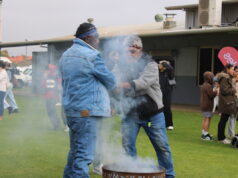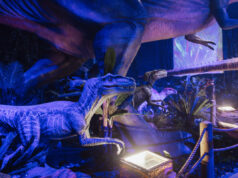
Ratepayers could be whacked with a more-than $5.5 million remediation bill if they want the asbestos-contaminated Watkins Road Waste Transfer Station reopened for business.
A report to council last month outlined three options for the beleaguered tip: reopen fully; reopen with use limited to recycling and green waste; or permanent closure. Each option was given an indicative (high-end) cost.
To reopen the Watkins Rd tip fully, consultants have said it could cost as much as $5.5 million, with most of that cash going towards removing and disposing of the existing waste stockpiles, recapping the site, and laying reinforced concrete over the recycled road base.
In order to partially reopen the site, residents could face a $3.5 million bill.
The rub is that there would still be a substantial figure should council decide to close the facility – $1.9 million, in fact.
Should the Department of Water and Environment Regulation deem it necessary, an engineered capping system with impermeable membrane might need to be installed at a price of up to $3.16 million.
Councillors voted to proceed with concept plans and more detailed costings to reopen the tip, with that report to come back to council in August.
The June report also offered a glimpse of the true scale of the contamination plaguing the waste transfer station.
The second phase of a detailed site investigation by Environmental Risk Consultants (ERC) began in March, with some troubling findings surfacing.
The purpose of this investigation was to discover the potential cause of the asbestos contamination and also understand more fully the extent of the pollution.
ERC concluded that the surface asbestos found littered across the site was ‘likely’ due to asbestos being dumped there by residents in mixed loads waste over recent years.
Worryingly, however, was the discovery of asbestos throughout the landfill cap. Consultants offered there was a possibility that ‘fly-tipped’ asbestos waste may have been dug into the cap from years of vehicular traffic.
But they also had another theory.
“ERC concluded that this may indicate that ACM impacted material was inadvertently used to cap the landfill areas over 20 years ago,” shire officers said.
It is in the green waste area that the impact is the greatest.
There was a little good news, at least.
Testing found no ‘obvious fibrous asbestos’ in the buried landfill waste that sits under the cap.
A list of recommendations was handed down to the shire, which included officially reclassifying the site as ‘Contaminated – Restricted Use’, in line with the state’s Contaminated Sites Act.
The site will need to be recapped to at least a 100mm thickness.
And a restriction should be placed on ‘active groundwater abstraction’, with dissolved phase hydrocarbons (DPH) and per- and polyfluoroalkyl substances (PFAS) found in groundwater below the tip and state-owned bush behind the tip.
ERC also advised that the public should be prevented from accessing the surrounding bushland, with near-surface asbestos found throughout the former landfill site.













